Organic Mustard Seeds: 7 Spicy Secrets You Didn’t Know (And Why They’re a Kitchen Hero)
Table of Contents
- Why Organic Mustard Seeds Are Worth Your Time
- The Three Musketeers: White, Brown, and Black Mustard Seeds
- Health Benefits That’ll Make You Go ‘Whoa!’
- 5 Clever Ways to Use Mustard Seeds in Your Kitchen
- Buying Guide: How to Pick the Best Organic Mustard Seeds
- How to Store Them Like a Pro
- FAQs: Everything You’ve Ever Wondered About Mustard Seeds
- Final Thoughts: Spice Up Your Life with Mustard Seeds!
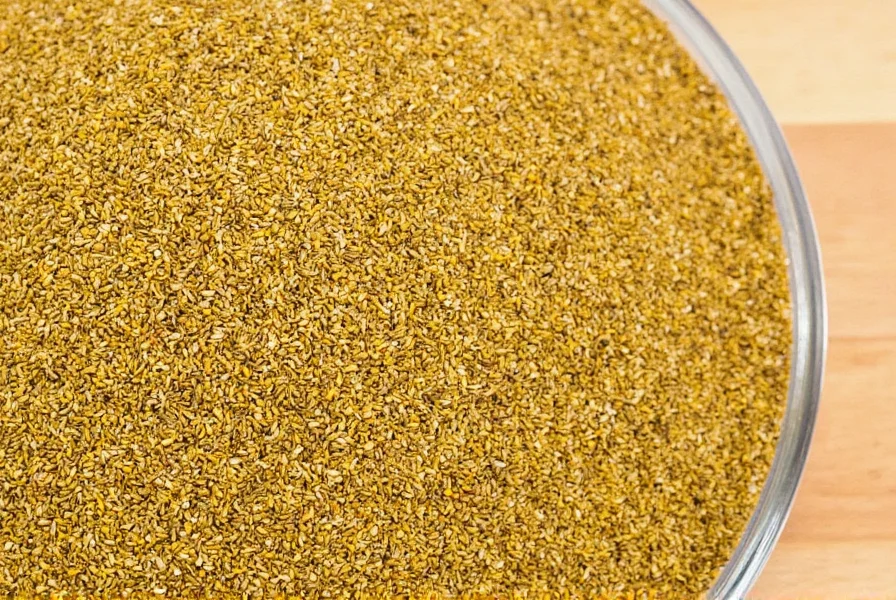
Why Organic Mustard Seeds Are Worth Your Time
Let’s cut to the chase: if you’re not using mustard seeds yet, you’re missing out. And when we say mustard seeds, we mean the organic kind — because why would you settle for anything less?
These tiny flavor bombs have been used for centuries across the globe, from Indian curries to German sausages. They add crunch, heat, and a unique depth of flavor that no powder or paste can truly replicate.
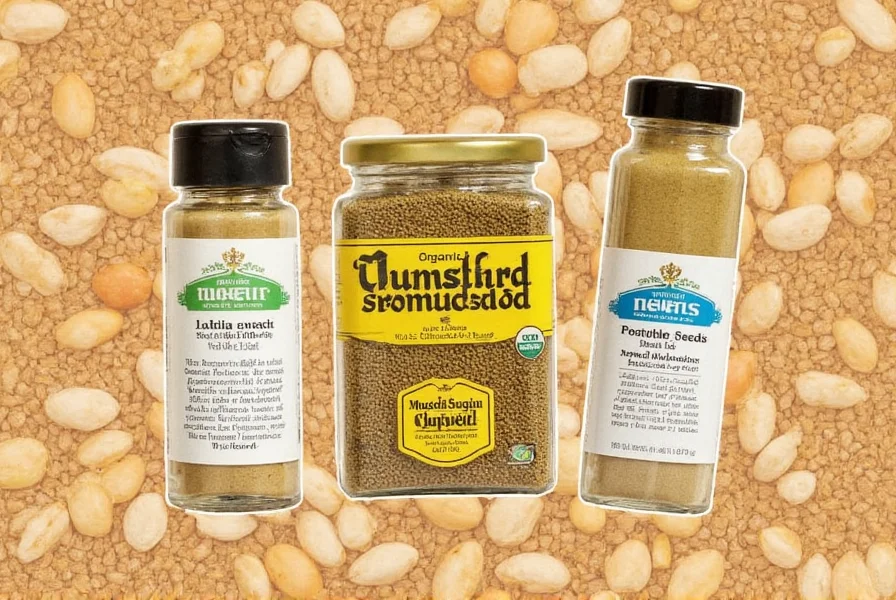
The Three Musketeers: White, Brown, and Black Mustard Seeds
There are three main types of mustard seeds you’ll come across in the spice aisle. Let’s break them down:
| Type | Flavor Profile | Common Uses | Heat Level |
|---|---|---|---|
| White Mustard Seeds | Mild, slightly nutty | Dijon mustard, pickling brines | Low |
| Brown Mustard Seeds | Spicier, more aromatic | Curry bases, mustards | Medium |
| Black Mustard Seeds | Strongest, almost pungent | Tempering in Indian dishes, spice blends | High |

Health Benefits That’ll Make You Go ‘Whoa!’
Here’s the real kicker — organic mustard seeds aren’t just tasty; they pack a serious nutritional punch too.
- Rich in Antioxidants: Helps fight inflammation and boost immunity.
- Packed with Minerals: High in calcium, magnesium, potassium, and iron.
- Supports Digestive Health: Known to stimulate digestion and ease bloating.
- Potential Cancer-Fighting Properties: Contains glucosinolates, which may help reduce cancer risk.
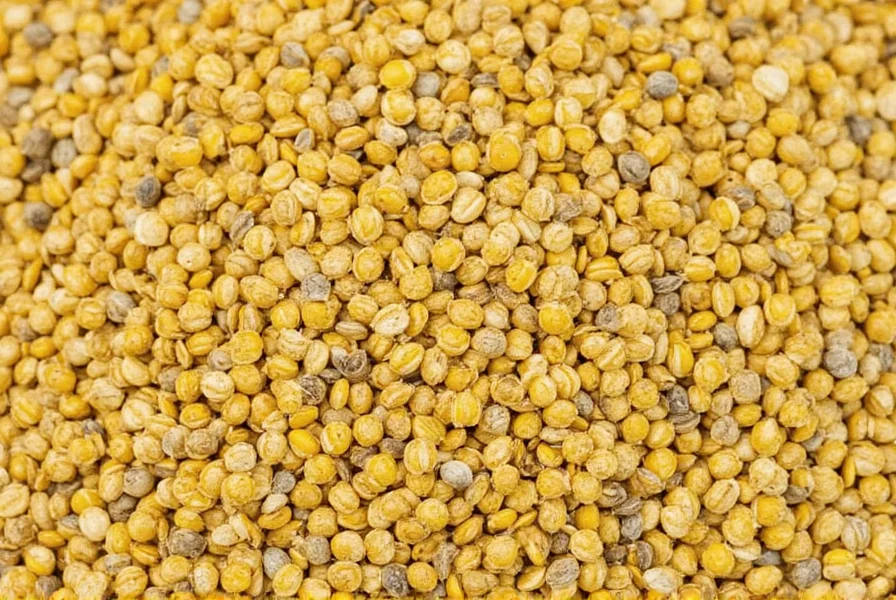
5 Clever Ways to Use Mustard Seeds in Your Kitchen
Ready to turn up the heat? Here are five simple but genius ways to use organic mustard seeds like a pro chef:
- Temper Them Like an Indian Grandma: Heat oil in a pan, toss in mustard seeds until they pop, then add curry leaves and onions. This forms the base of countless South Indian dishes.
- Make Homemade Mustard: Grind brown mustard seeds with vinegar, water, and spices for a bold, customizable condiment.
- Add to Pickling Brine: A pinch of white mustard seeds adds crunch and complexity to homemade pickles.
- Sprinkle on Roasted Veggies: Toast some black mustard seeds and sprinkle over roasted cauliflower or carrots for a crunchy twist.
- Mix into Marinades: Crush mustard seeds and blend into marinades for chicken, pork, or tofu — they tenderize and add flavor!
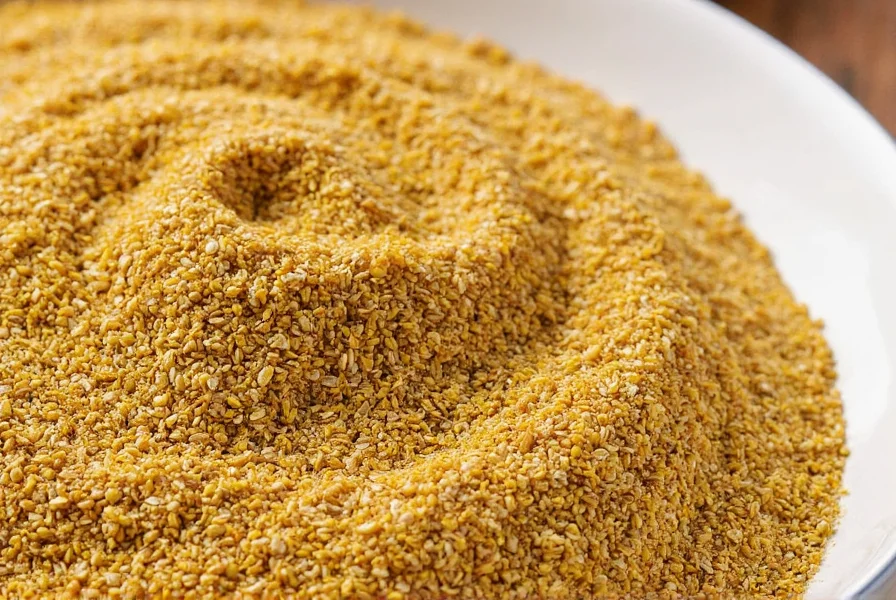
Buying Guide: How to Pick the Best Organic Mustard Seeds
Not all mustard seeds are created equal — especially when you’re going organic. Here’s what to look for:
What to Look for When Buying Organic Mustard Seeds
- Certified Organic Label: Always check for USDA Organic or equivalent certification to ensure zero pesticides.
- Freshness Matters: Buy from reputable sellers who rotate their stock regularly. Stale seeds = weak flavor.
- Whole vs. Ground: Whole seeds last longer and offer more versatility. Ground mustard loses potency quickly.
Recommended Brands
| Brand | Type | Features | Best For |
|---|---|---|---|
| Mountain Rose Herbs | Black Mustard Seeds | Certified organic, ethically sourced, eco-friendly packaging | Tempering, spice blends, DIY mustard |
| Frontier Co-op | Brown Mustard Seeds | Non-GMO, fair trade, bulk options available | Marinades, pickling, hearty dishes |
| Now Foods | White Mustard Seeds | Affordable, widely available, gluten-free | Lighter mustards, mild pickling |
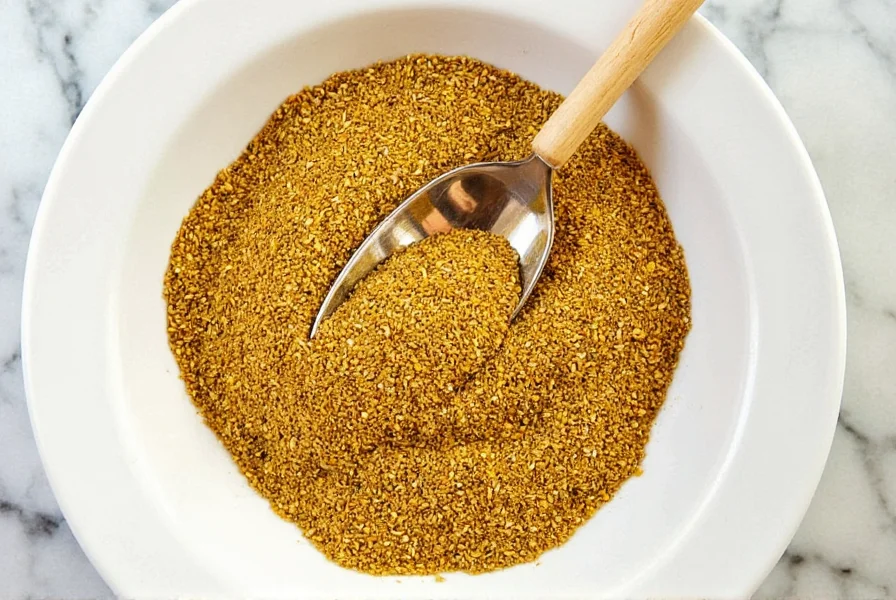
How to Store Them Like a Pro
Want your organic mustard seeds to stay fresh and flavorful? Storage is key. Here’s how to keep them at their best:
- Air-Tight Containers: Store seeds in glass jars or plastic containers with tight lids.
- Cool & Dark Place: Keep away from heat and light to preserve essential oils and flavors.
- Shelf Life: Whole seeds last up to 3–4 years. Ground seeds only about 6 months.
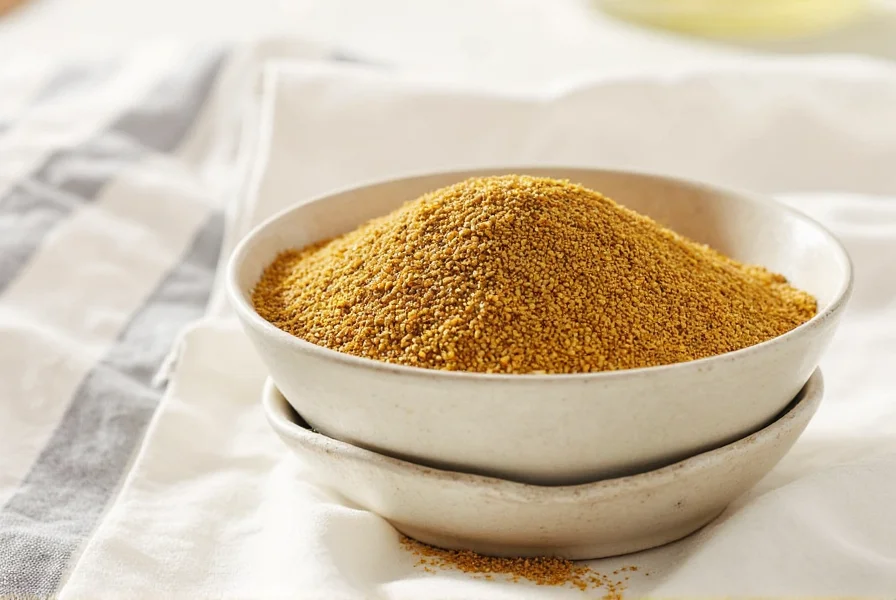
FAQs: Everything You’ve Ever Wondered About Mustard Seeds
Are Mustard Seeds Actually Seeds?
Yes! Mustard seeds come from plants in the Brassica family, including cabbage and broccoli relatives.
Can I Eat Mustard Seeds Raw?
You can, but they’re pretty intense raw. Toasting or tempering unlocks their full flavor potential.
Are Mustard Seeds Gluten-Free?
Inherently yes, but always check for cross-contamination or additives if you're strictly gluten-free.
Do Mustard Seeds Expire?
They don’t spoil, but they lose potency over time. If they smell bland or tasteless, it’s time to replace them.
Can You Substitute Mustard Powder for Mustard Seeds?
You can, but the flavor profile changes. As a general rule: 1 teaspoon ground mustard ≈ 1 tablespoon seeds.
Final Thoughts: Spice Up Your Life with Mustard Seeds!
Organic mustard seeds are more than just a pantry staple — they’re a kitchen MVP. Whether you're spicing up a lentil soup, fermenting veggies, or experimenting with homemade condiments, these tiny seeds deliver big-time flavor and health benefits.
So next time you’re at the store or ordering online, grab a bag (or three!) of certified organic mustard seeds. Your taste buds — and your gut — will thank you.
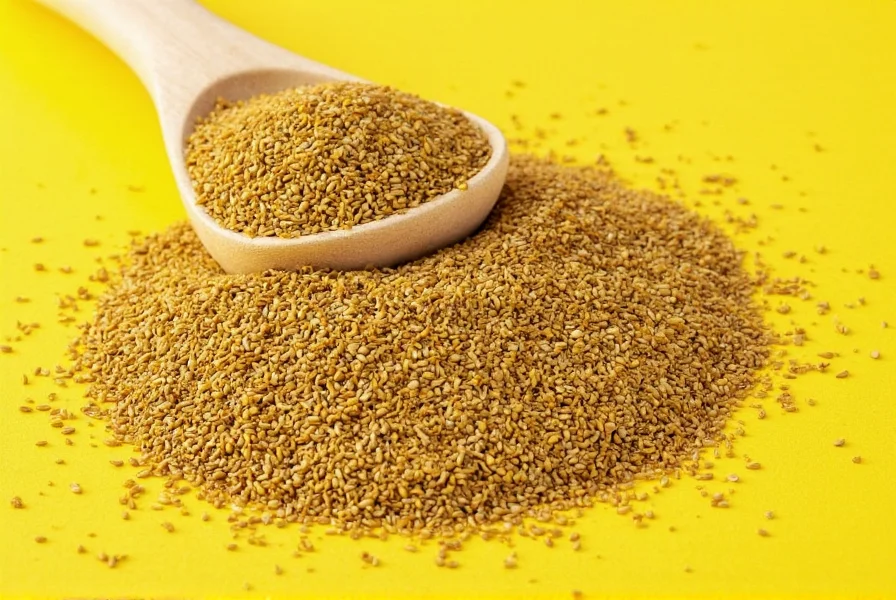

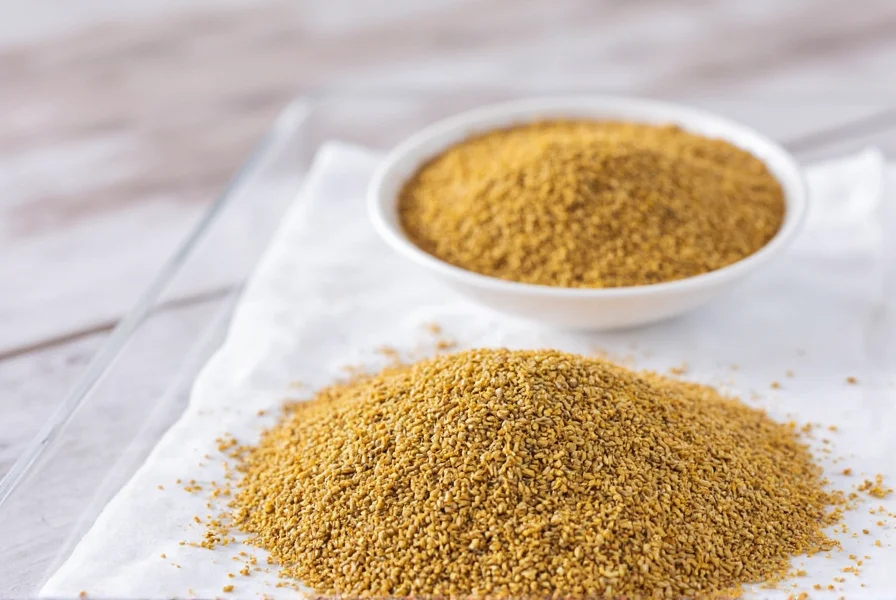









 浙公网安备
33010002000092号
浙公网安备
33010002000092号 浙B2-20120091-4
浙B2-20120091-4